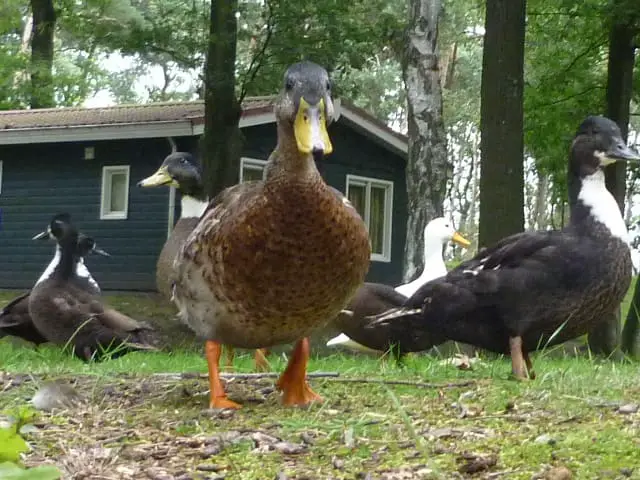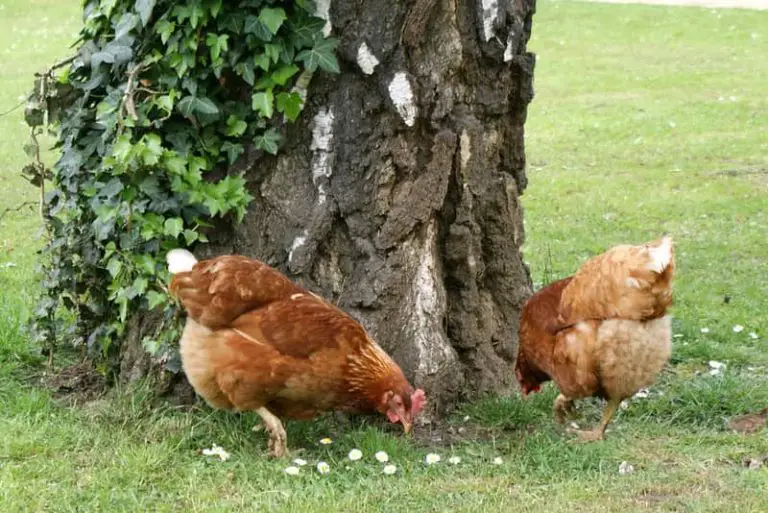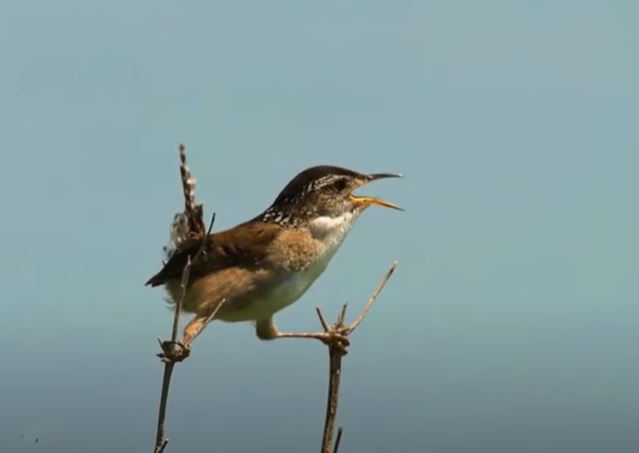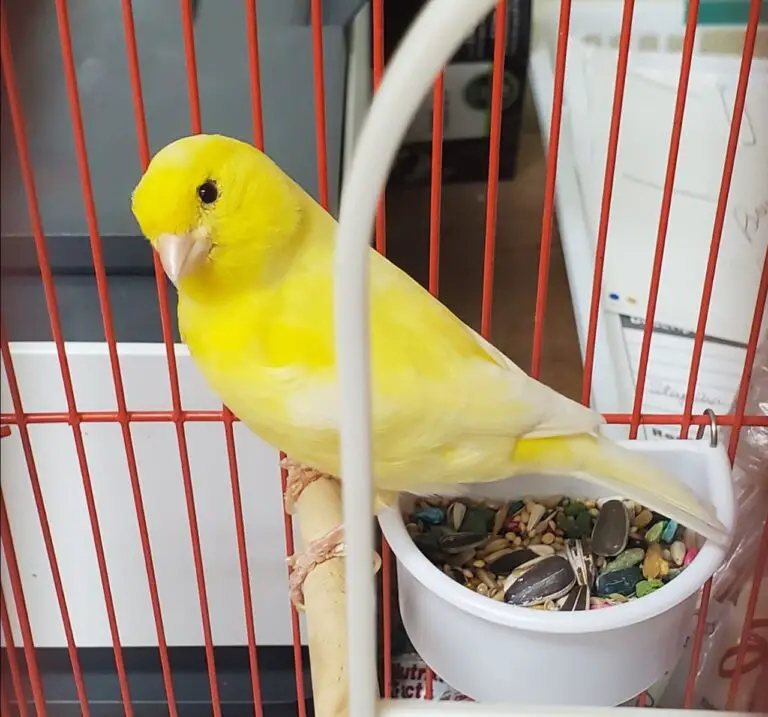Are Canaries Solitary?
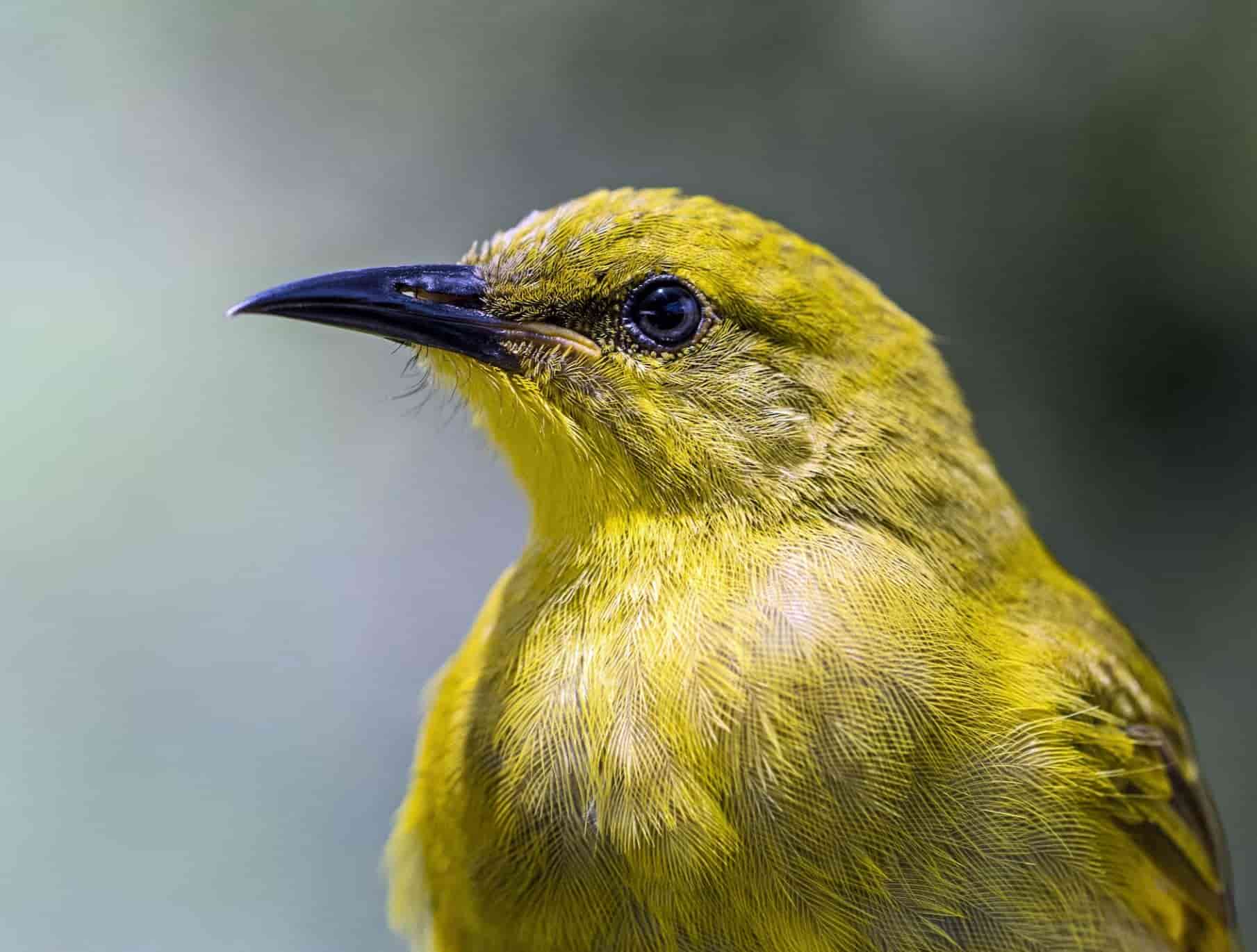
How many canaries should there be in the cage at home: one, two, three, or even more?
The purpose of this article is to show the social behavior of canaries and what you should definitely pay attention to when keeping them in order to avoid psychological damage to them.
Are canaries solitary or flock animals?
The canaries live naturally in flocks of birds. They are extremely social species of birds and animals that are certainly not solitary.
If you want to keep canaries, you should bring at least two birds to keep them together and keep them company.
The birds are also very comfortable in larger groups, but there are a few things to keep in mind when keeping them in groups.
Now let’s focus on social and communication behavior, as well as the basic needs of canaries.
How do canaries behave socially?
Diurnal birds fully adjust their activity time to the number of hours in the day. This means that birds are more active in summer than in winter.
However, the active phase is interrupted each day by several resting phases. The canaries also devote a lot of time to the thorough care of their own plumage and that of their fellow birds.
Although canaries appreciate the company of their congeners and maintain very deep friendships with selected animals, each canary still has its individual personal distance.
This individual distance between canaries is usually accepted by the conspecifics without any problems. Even when sleeping, the birds make sure that they always maintain a certain distance.
If the individual distance is reduced, the canary clearly shows the “intruder” its limits.
Communication takes place both at the level of body language and through song and cries.
In the following, we will discuss these forms of communication in more detail so that you will be able to read and understand your canary.
On the one hand, being able to read birds offers the advantage of being able to react appropriately to them and, on the other hand, you will be able to develop a feeling of rapport with your canaries.
Canary body language
In order to correctly interpret a canary’s body language, you need a trained eye. Here are three examples of how quickly misunderstandings can arise when it comes to bird body language.
Example 1
Especially in summer, when temperatures are high, you will see your animals “panting” from time to time.
With this panting, the animal opens its beak and cools down as a result.
On the other hand, opening the beak can also be a clear threatening gesture. For this reason, it is important to observe the animal’s behavior in its immediate context.
example 2
Another way canaries cool themselves is by stretching their wings away from their bodies.
Birds also occasionally feel the need to stretch widely. To do this, the animals also spread their wings away from their bodies.
But pay attention, Here, too, it may be a threatening gesture that your canary wants to use to indicate its territory or to claim resources, such as food, for itself.
Example 3
An important point is beak hygiene.
The canaries also maintain certain beak hygiene. To keep the beak clean, they occasionally rub it against a branch or the bars of the cage. If you observe this behavior after eating while your canary seems happy and relaxed, all is well.
However, in a different context, beak sharpening can also be used as a calm signal.
Did something unusual happen a few moments ago?
Have you seen or heard an argument between your animals?
Is another bird behaving in a noticeably aggressive manner?
All of these things can mean that your canary wants to bring calm to the overall situation by sharpening its beak. Be aware that canaries are very susceptible to stress and need harmony.
Why do canaries fight?
In themselves, canaries are calm and easy-going animals.
However, small disputes can always arise. Therefore, if a fellow canary behaves aggressively or causes unrest in the group, the other birds will do everything possible to restore the balance within the group and appease the rebel.
The most common reasons for a dispute may be:
1 . Materials
Especially during the spring breeding season, tempers often run high.
Nest building plays an important role during this time, so make sure you have enough nesting material for everyone during the spring months.
2. food envy
The classic reason for any bird or animal to start a fight: is food.
True to the motto “you’re not yourself when you’re hungry”, one or the other canary companion will also get quite fussy when his stomach growls. Several smaller feeding points distributed in the cage can help in this case.
3. Space invasion
We all know this feeling: If you often take the bus or train, sooner or later you will find your favorite seat.
And you will be even more disappointed when you arrive one day and see that someone else is sitting in “your” seat, The same goes for your birds because many of them have their favorite perch and don’t like it when another canary occupies it when they want to sit there.
Why do canaries sing?
In addition to communication through body language, call sounds are also an important part of bird-to-bird communication.
If you hear a loud song coming from the direction of the cage in the early morning hours in spring, it is most likely a so-called “courtship song”.
Your canary uses the song to mark its territory, to attract a beautiful mate or simply as background music while building the nest, because it is known that it is always easier to work with music.
Fun fact: There is only a part of the song that is innate to the canary. However, much of the individual melody is developed by listening to other canaries. There is, so to speak, a refinement of one’s own melody through specially developed compositions, which arises through the inspiration of other canaries.
In addition to the classical song, there are also special call sounds. The most common are shrill warning and threatening tones that are used when the physical threatening gestures of the other are ignored.
The tone of these sounds, although heart-rending, is a natural part of communication and nothing to worry about.
How many canaries must you have, and what kind?
It is not necessarily possible to say in general terms what an ideal group structure for canaries looks like. However, there are some guidelines that increase the chances of harmonious coexistence.
1. An even number of animals
It is advisable to always house an even number of canaries.
Otherwise, it can quickly happen that, for example, in a group of 5, a canary literally becomes the fifth wheel of the wagon, is excluded from the group and cannot develop a deep friendship with a fellow canary.
2. Pay attention to the sex of the animals
If you want to keep a group of more than two canaries, you should think about the grouping of the group in terms of sex.
If your group consists of five males and only one female, there is bound to be a lot of stress among the males of your species (especially during the mating season). Therefore, it is advisable to compose groups of animals of the same sex.
Caution: Even if you keep a group of females and a group of males in separate cages in the same room, this will most likely lead to fights between the males.
If you only have two or three canaries, it is less likely that harassment problems will arise between them. However, in a larger group, there are often individual animals that cannot connect and are left out.
Do you notice that one of your canaries is not really integrated into the group?
If this canary is new to the group, this is perfectly normal. It takes some time for the canary to integrate into the new group.
However, if the problem has existed for a long time, a new home should be found for the canary for the bird’s sake, so that it also has the opportunity to form deep bonds with its fellow canaries – even among some birds, sympathy is limited.
Conclusion:
The canaries are not solitary.
They are extremely gregarious and social, these birds have quite complex communication skills and are very particular about their need for closeness and distance.
Group housing is essential to maintain the physical and mental health of the canaries. In the case of larger groups, it must be ensured that the group arrangement is well thought out to avoid, as far as possible, stress and disputes.


